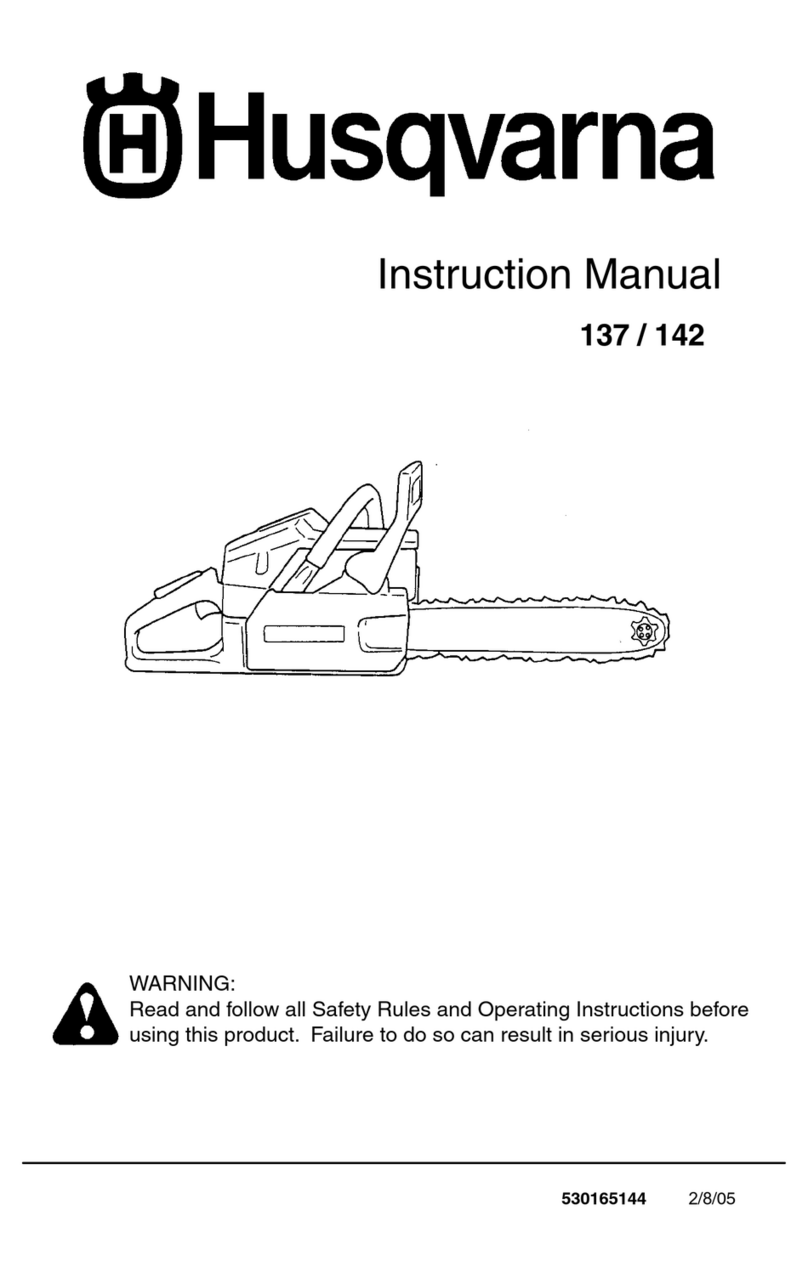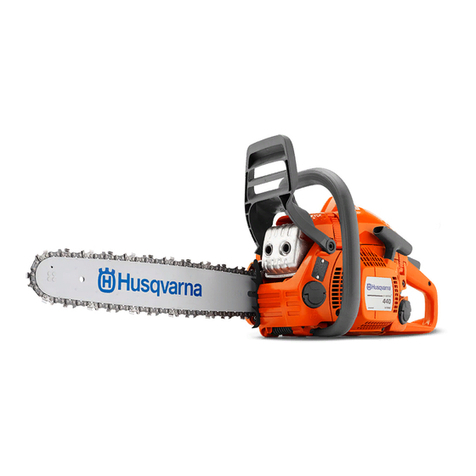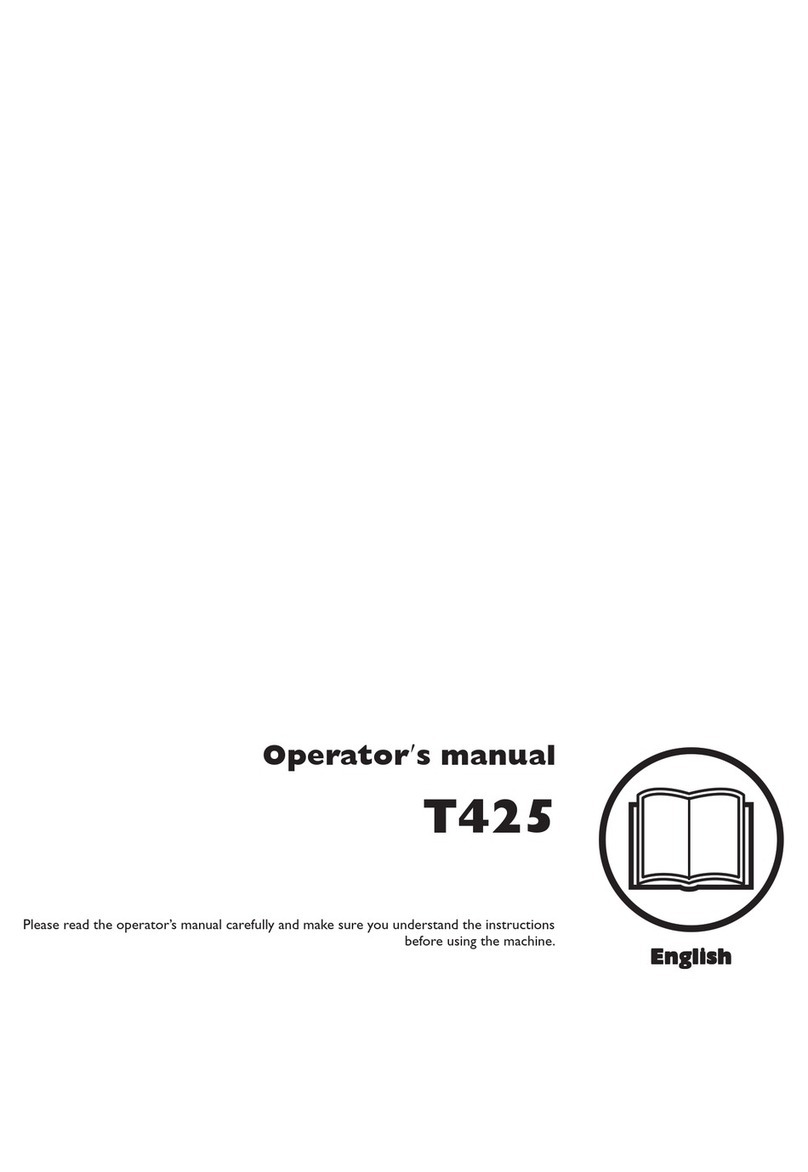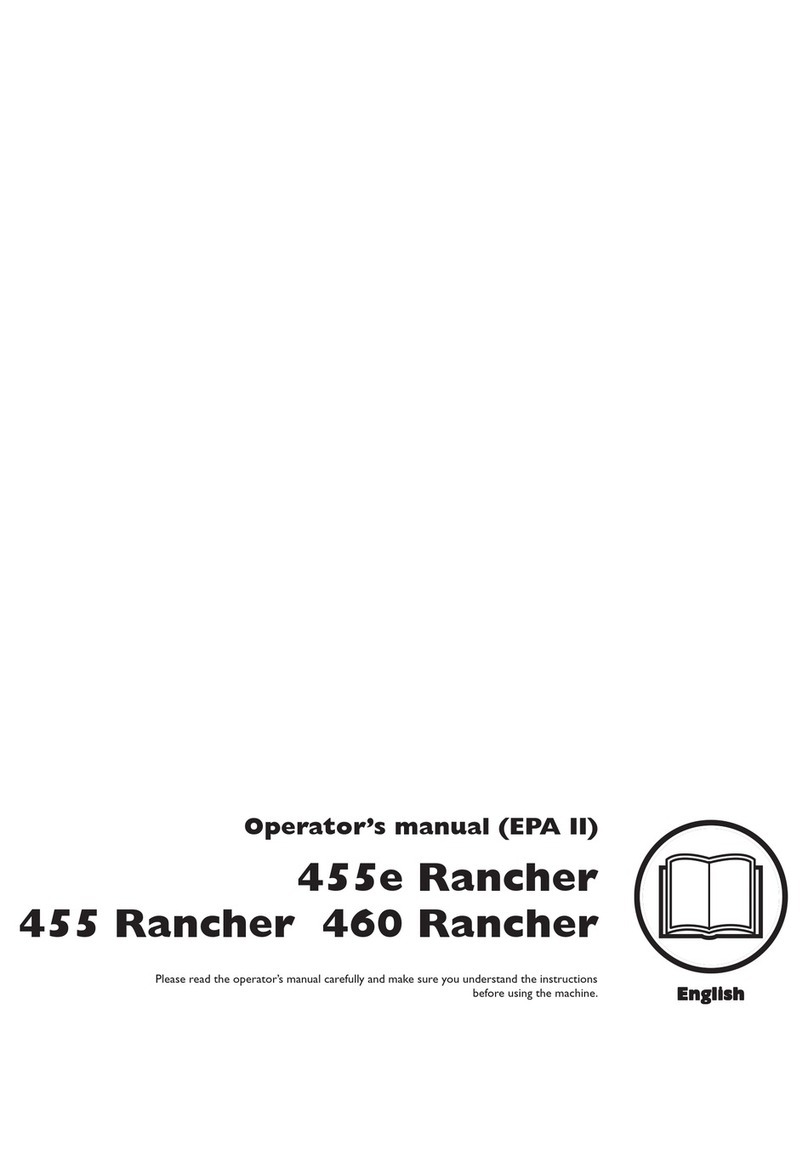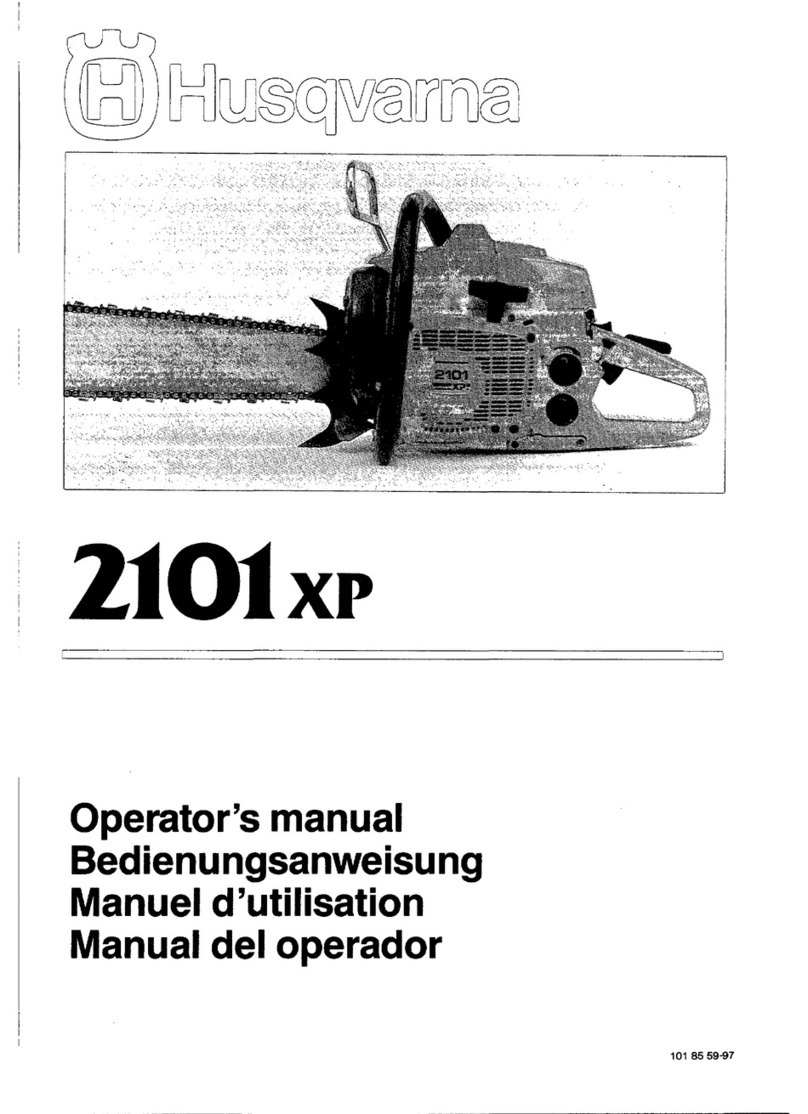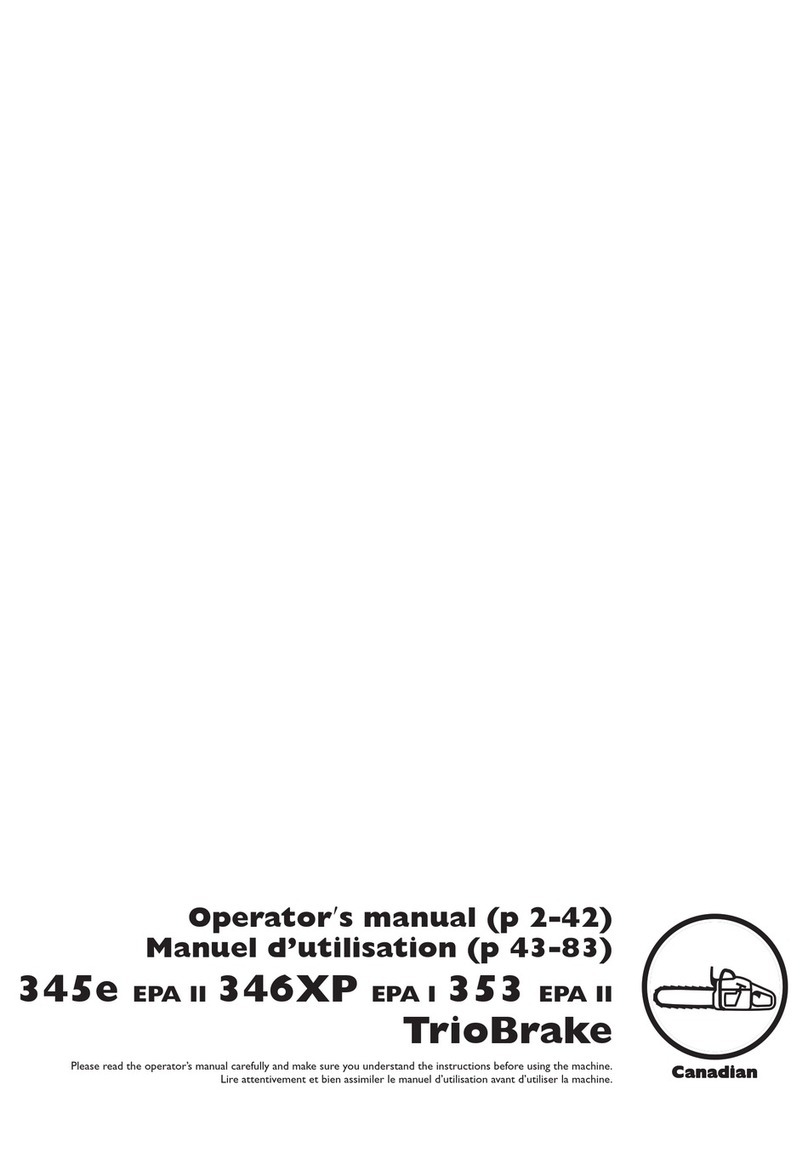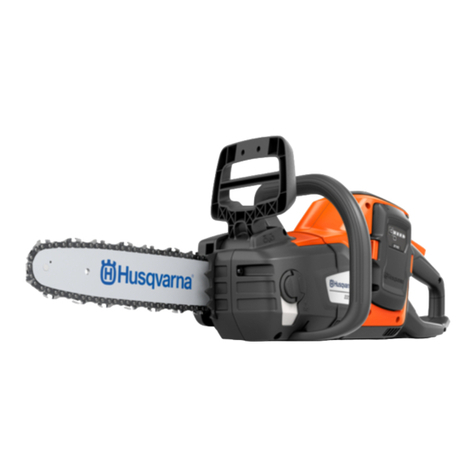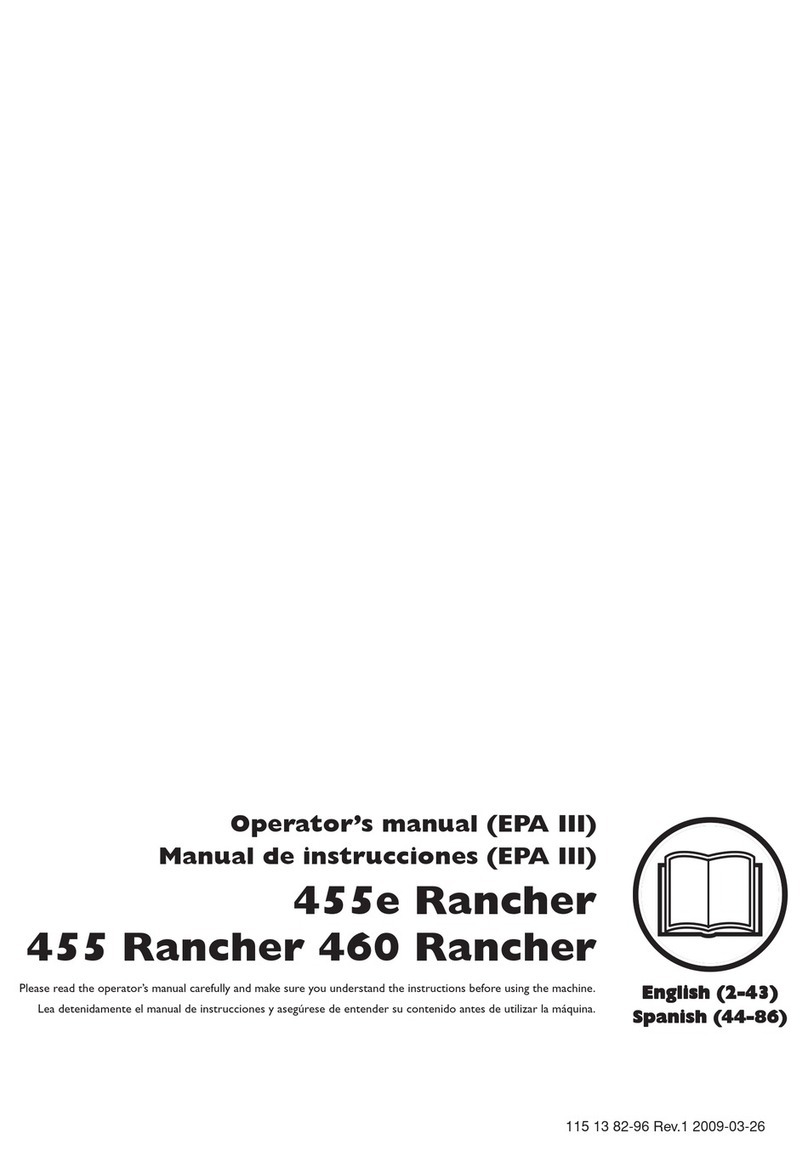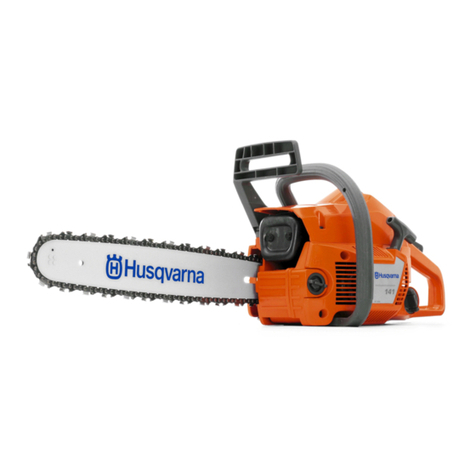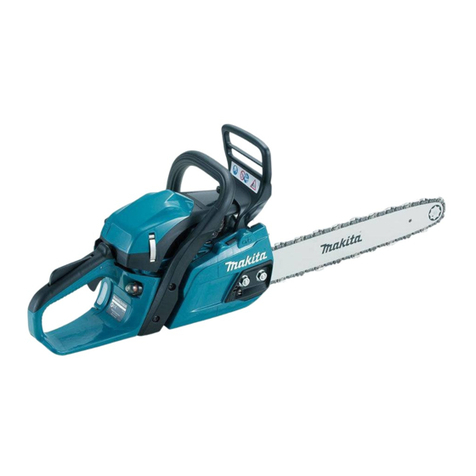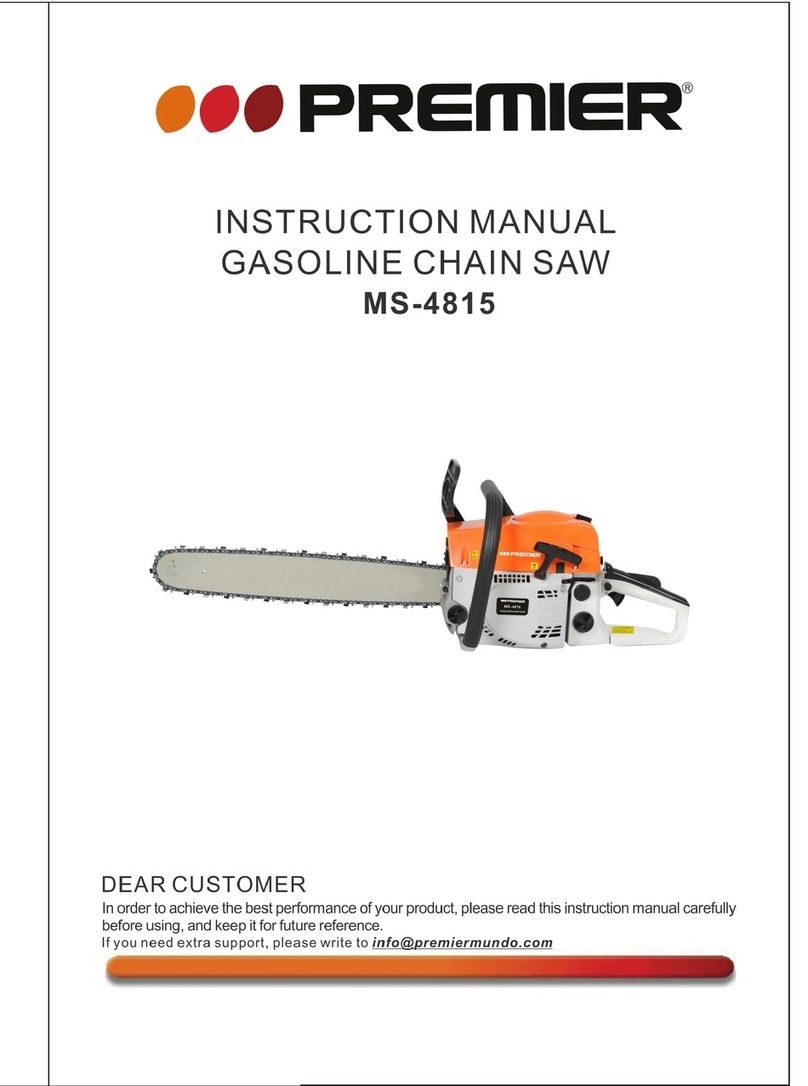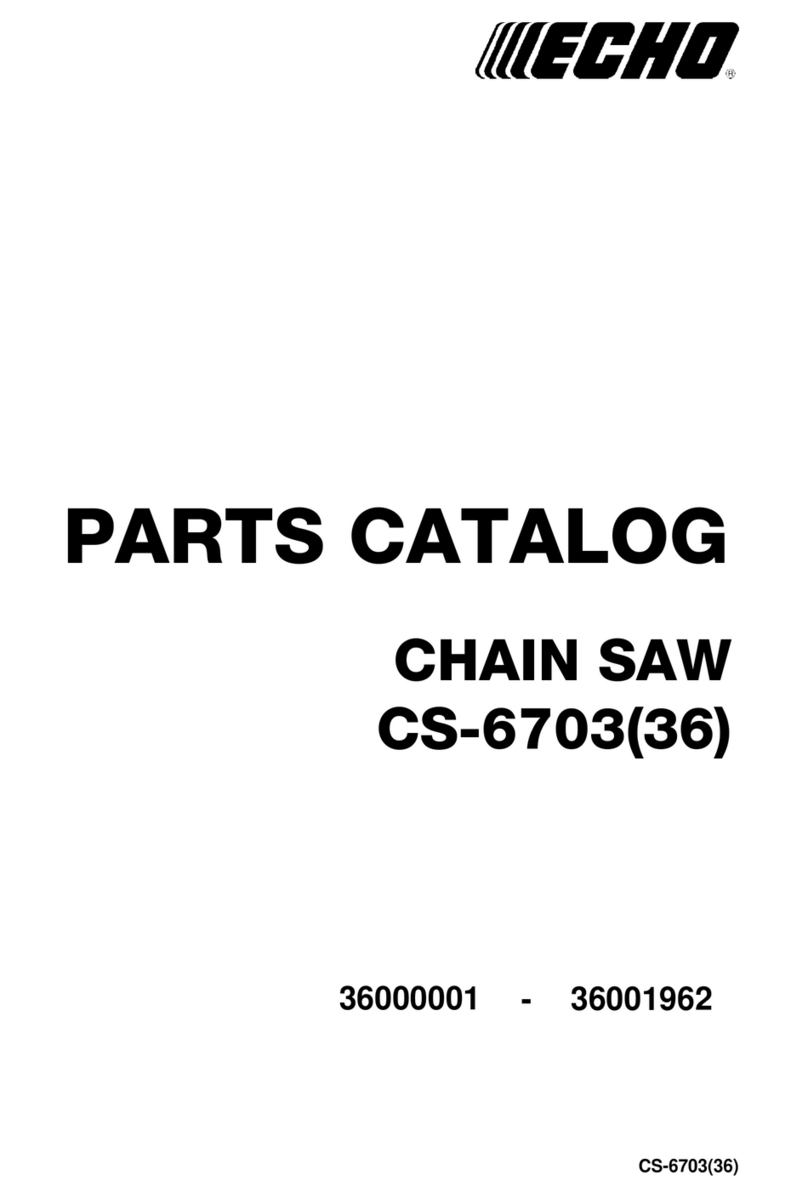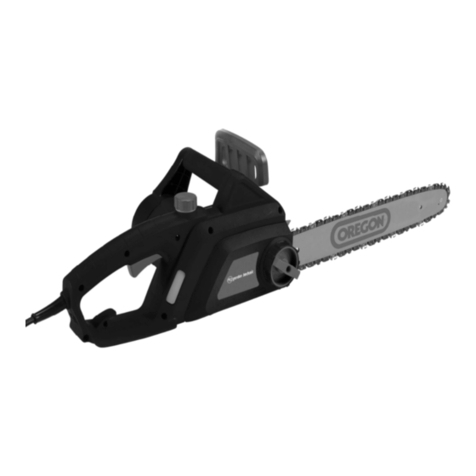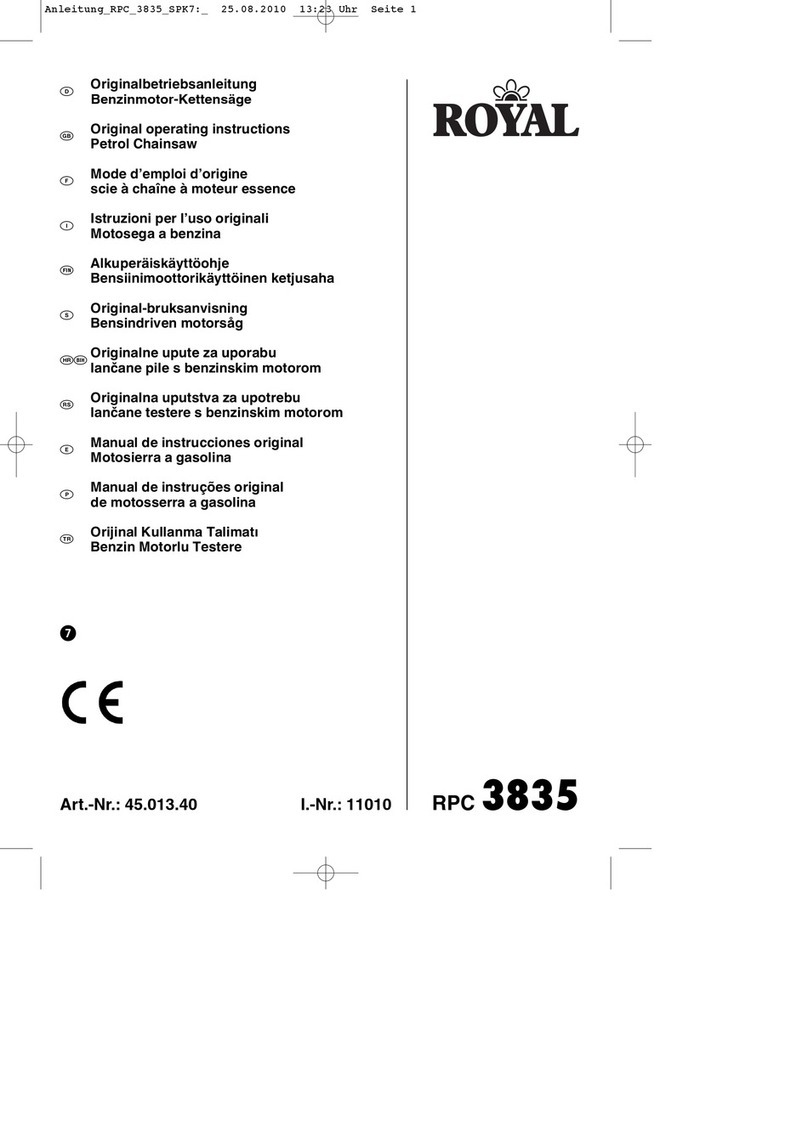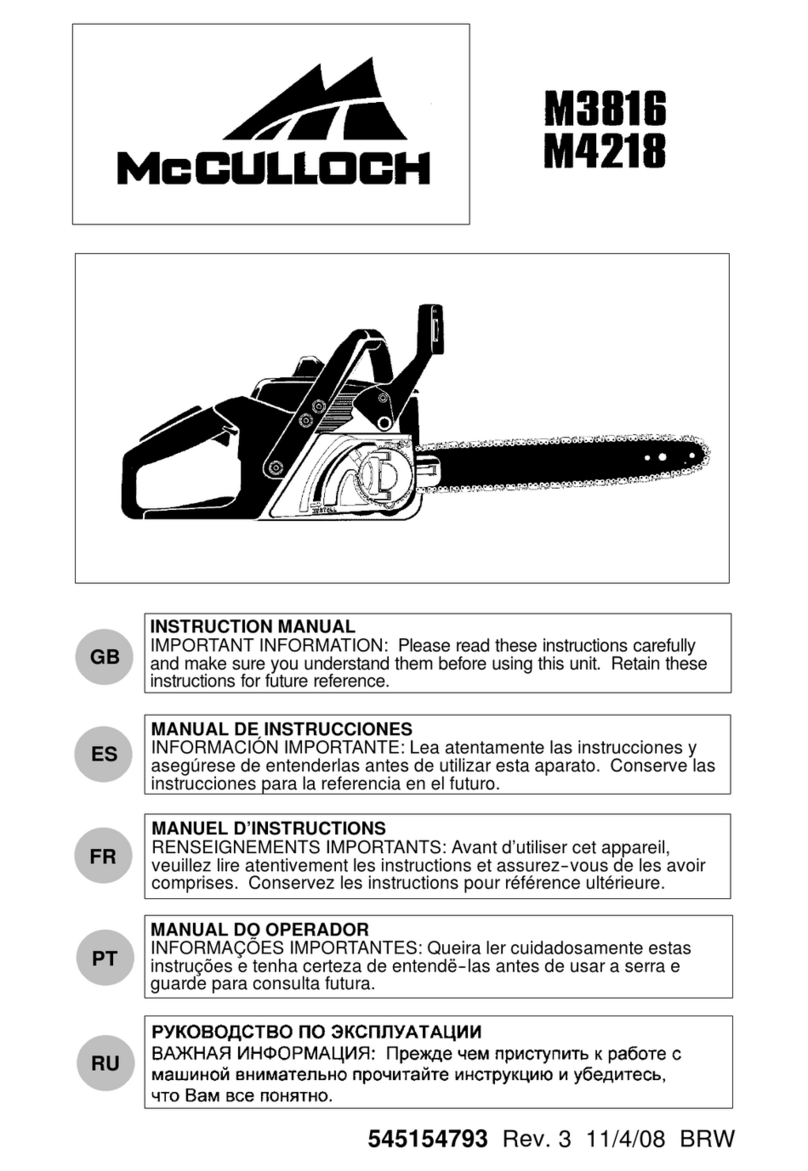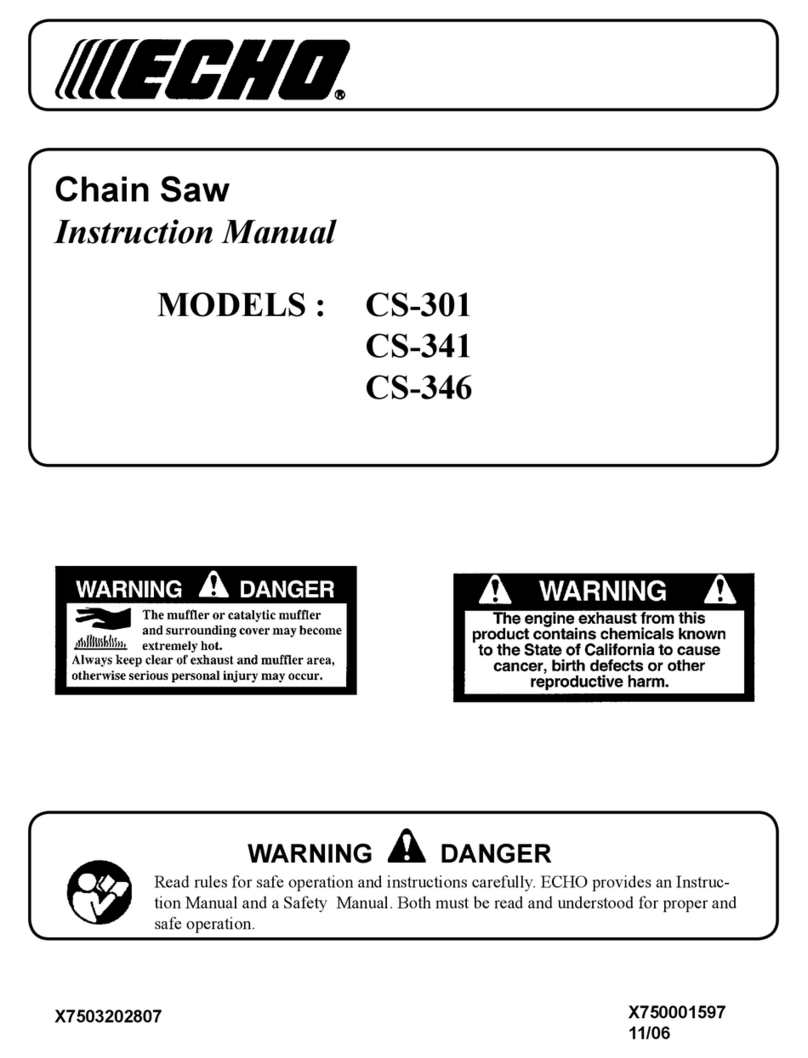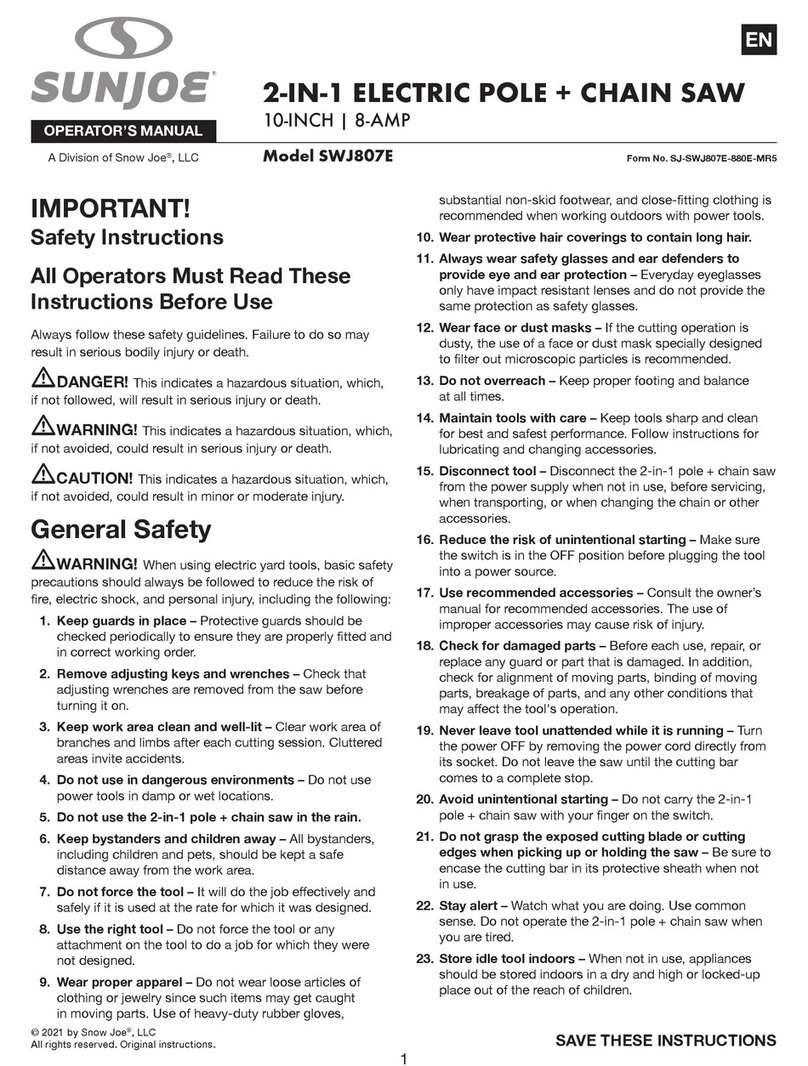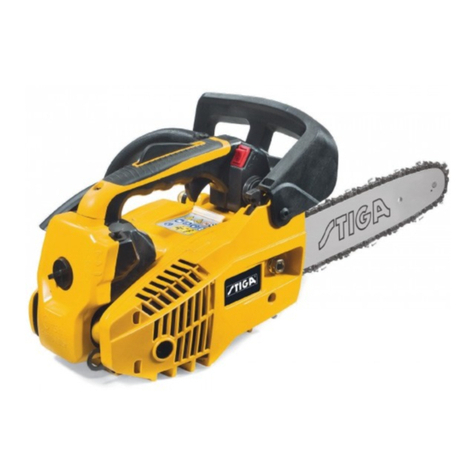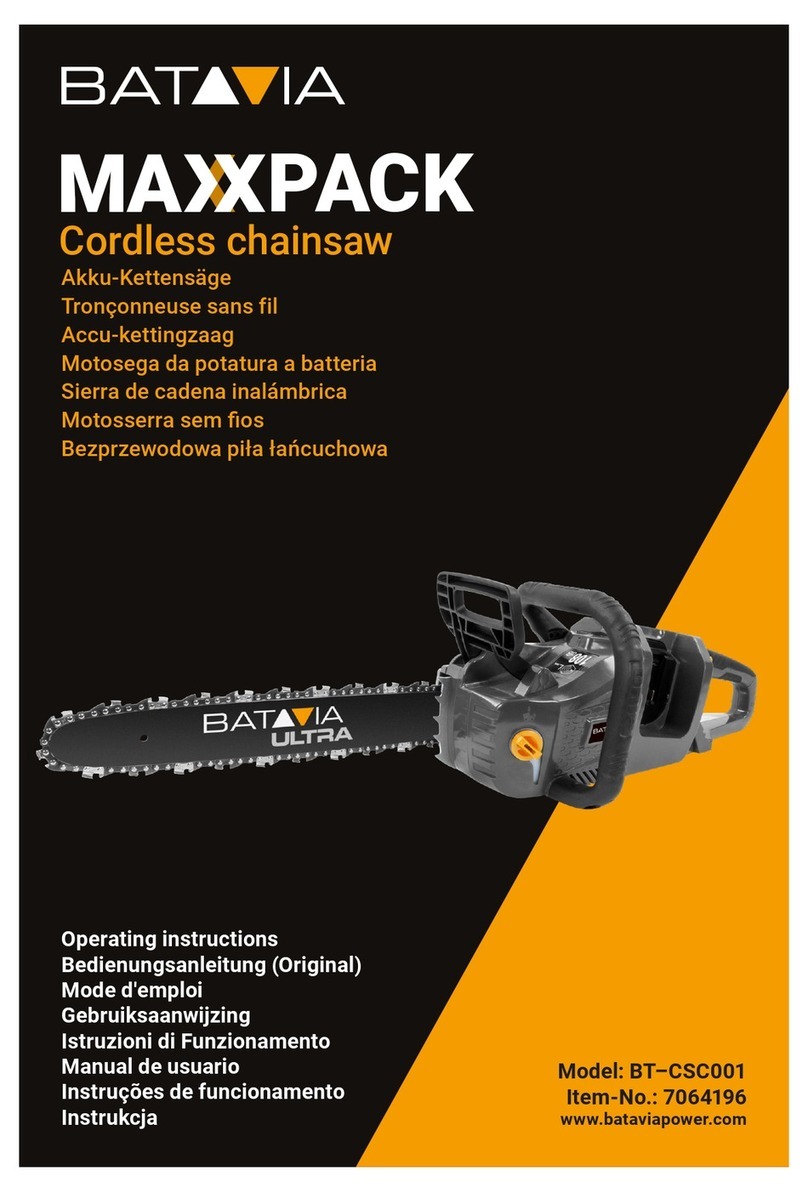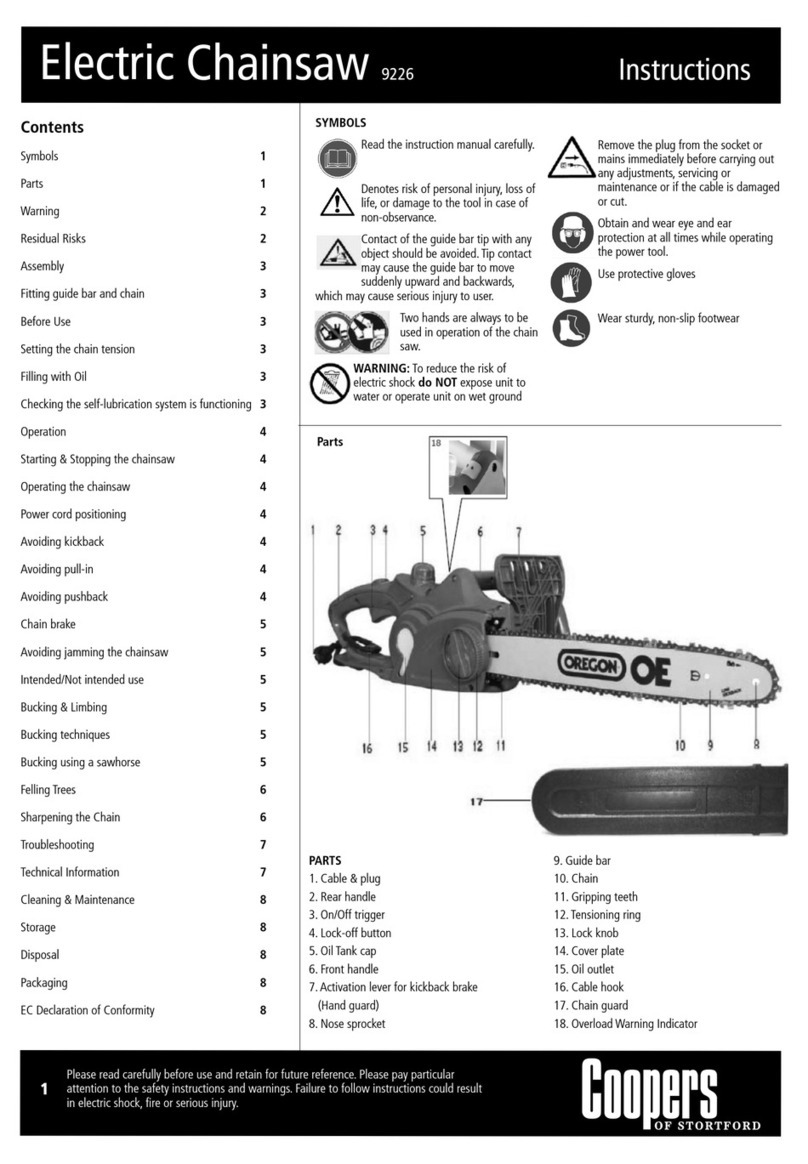
• the product is incorrectly repaired.
• the product is repaired with parts that are
not from the manufacturer or not approved
by the manufacturer.
• the product has an accessory that is not
from the manufacturer or not approved by
the manufacturer.
• the product is not repaired at an approved
service center or by an approved authority.
Safety
Safety definitions
The definitions below give the level of severity
for each signal word.
WARNING: Injury to persons.
CAUTION: Damage to the
product.
Note: This information makes the product
easier to use.
General safety instructions
• Use the product correctly. Injury or death is
a possible result of incorrect use. Only use
the product for the tasks found in this
manual. Do not use the product for other
tasks.
• Read, understand and obey the
instructions in this manual. Obey the safety
symbols and the safety instructions. If the
operator does not obey the instructions and
the symbols, injury, damage or death is a
possible result.
• Do not discard this manual. Use the
instructions to assemble, to operate and to
keep your product in good condition. Use
the instructions for correct installation of
attachments and accessories. Only use
approved attachments and accessories.
• Do not use a damaged product. Obey the
maintenance schedule. Only do the
maintenance work that you find an
instruction about in this manual. An
approved service center must do all other
maintenance work.
• This manual cannot include all situations
that can occur when you use the product.
Be careful and use your common sense.
Do not operate the product or do
maintenance to the product if you are not
sure about the situation. Speak to a
product expert, your dealer, service agent
or approved service center for information.
• Disconnect the spark plug cable before you
assemble the product, put the product into
storage or do maintenance.
• Do not use the product if it is changed from
its initial specification. Do not change a part
of the product without approval from the
manufacturer. Only use parts that are
approved by the manufacturer. Injury or
death is a possible result of incorrect
maintenance.
• Do not breathe in the exhaust fumes from
the engine. A health risk can occur if you
breathe in exhaust fumes, chain oil fumes
and sawdust for a long period.
• Do not start the product indoors or near
flammable material. The exhaust fumes are
hot and can contain a spark which can start
a fire. Without sufficient airflow, injury or
death can result from asphyxiation or
carbon monoxide.
• This product makes an electromagnetic
field during operation. The electromagnetic
field can cause damage to medical
implants. Speak to your physician and
medical implant manufacturer before you
operate the product.
• Do not let a child operate the product.
• Do not let a person, without knowledge of
the instructions, operate the product.
• Always monitor a person, with decreased
physical capacity or mental capacity, that
uses the product. A responsible adult must
be there at all times.
• Lock the product in an area that children
and not approved persons cannot access.
4653 - 006 - 10.02.2020
